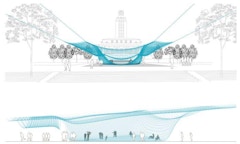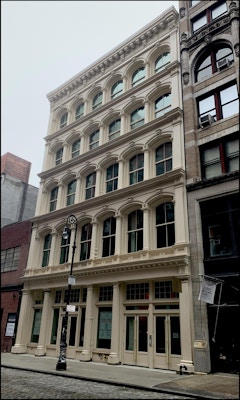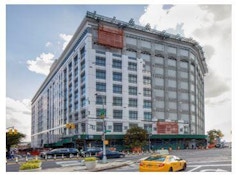
In Factory Commissioning
Factory inspection visits are vital, yet they unfortunately have a habit of being overlooked. The factory inspection process during the Building

Factory inspection visits are vital, yet they unfortunately have a habit of being overlooked. The factory inspection process during the Building


Airflow within the cavity of double-skin facades is a key component of adaptive building envelopes which change thermophysical properties to meet

The impacts of climate change, driven by increasing extreme temperature, sea-level rise, and heavy precipitations, interact and play an essential

Reducing GHG emissions related to energy use in buildings is a prominent obligation given their impact in terms of climate change. In this light,

Building envelopes are not only an immediately visible part of the building, they have also become a major factor both for cost and performance of


The Science and Engineering Complex (SEC) on the Allston Campus is the largest new building at Harvard University in recent decades with a footprint


It may be difficult for modern man to believe that what is known as handicraft was once the advanced manufacturing of the day. These techniques were
This paper presents the results of a research study, outlining the state of facades education at higher-education institutions across the United

In 1871, a fourth level Architecture course was offered in New York City that instructed on topics such as heating, ventilation and circulation of

Center Three is a 100-year-old, one million square-foot building in Long Island City, New York that was constructed over the course of one year. It

Concerns over time-dependent argon permeation through the perimeter edge seals of insulating glass units (IGUs) led the authors to utilize two


Facades play an important role in the control of energy flow and energy consumption in buildings as they represent the interface between the outdoor